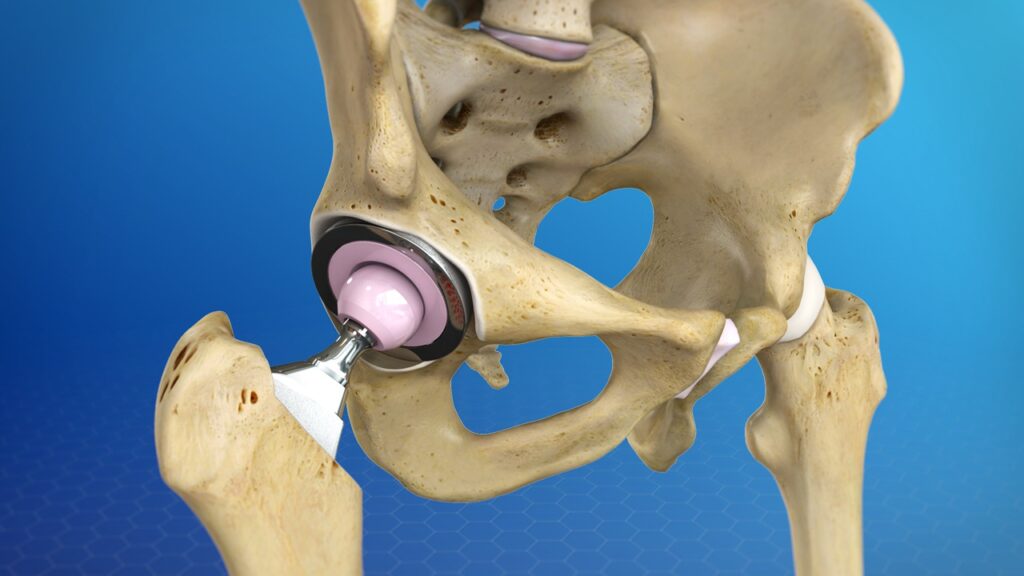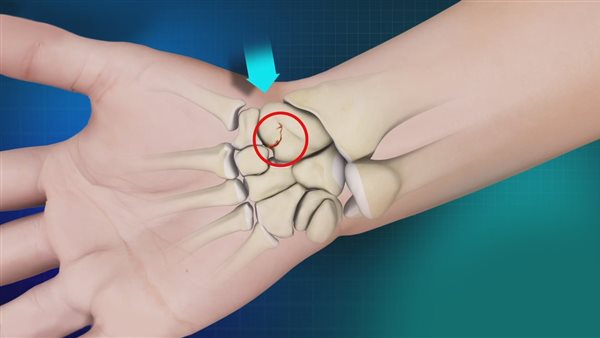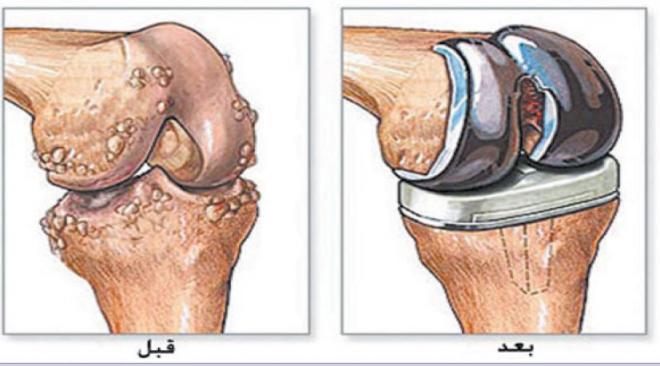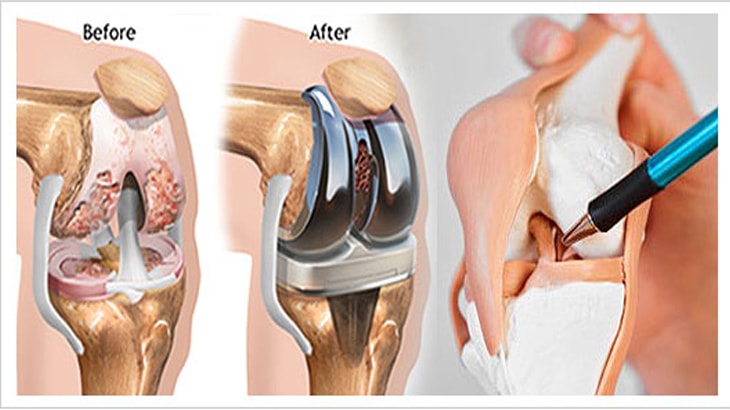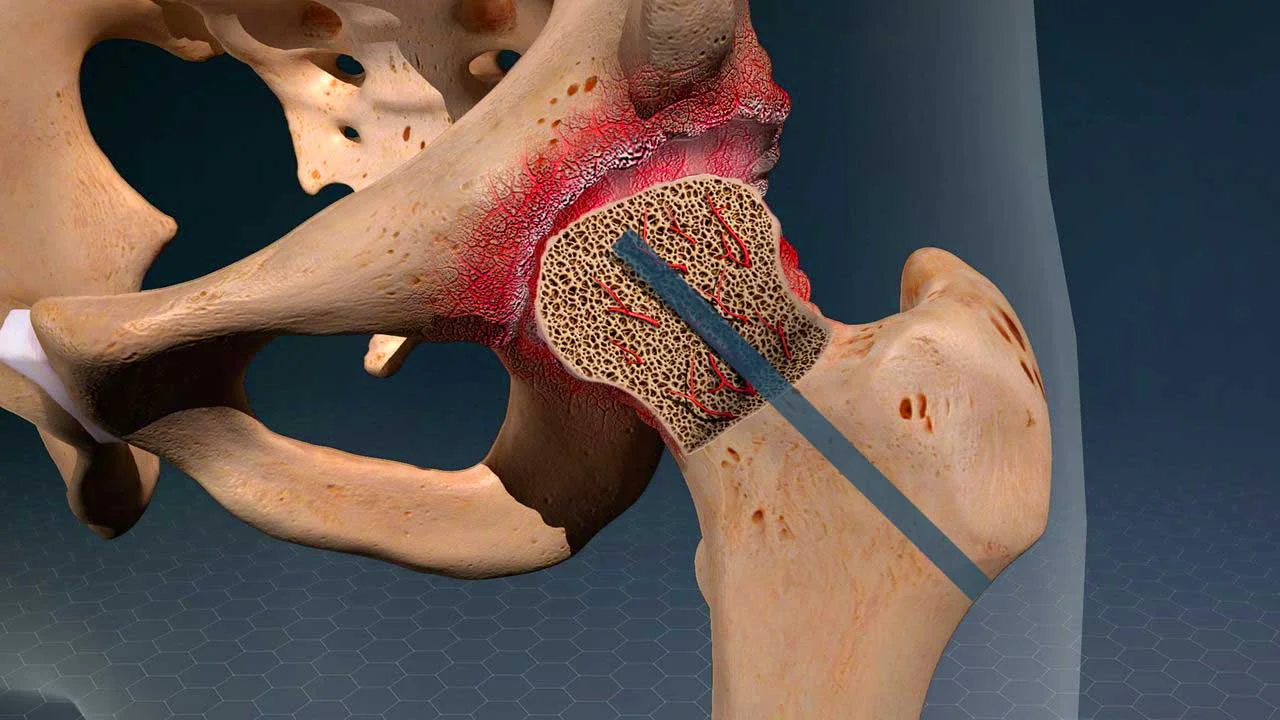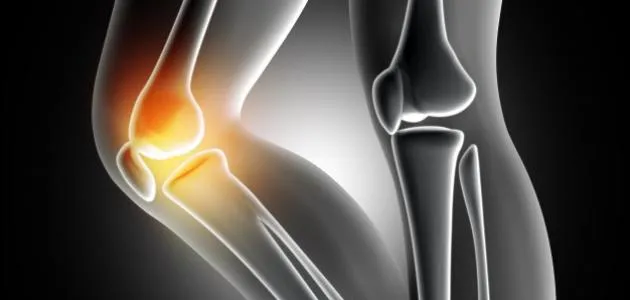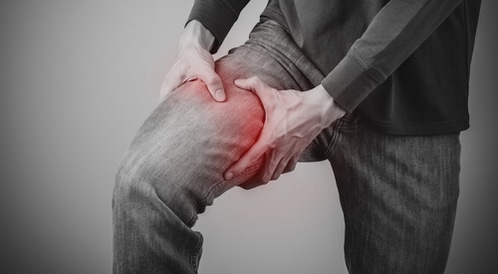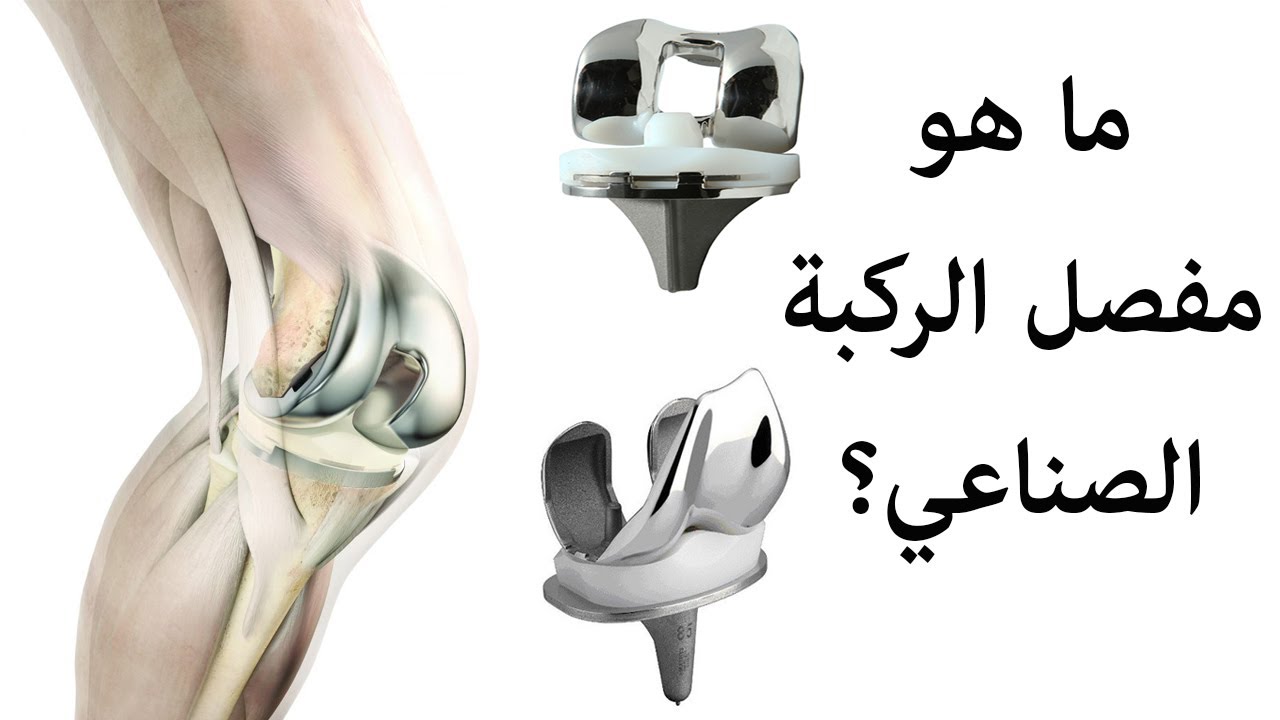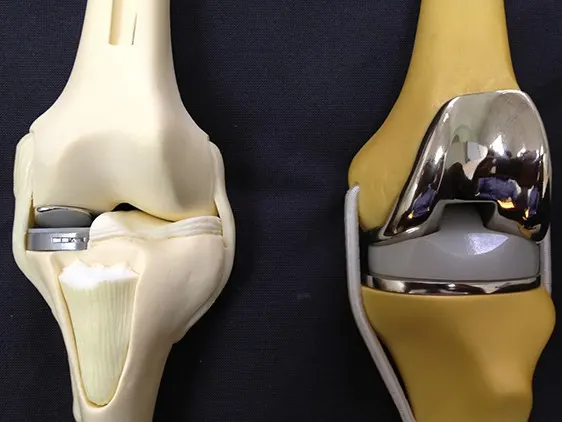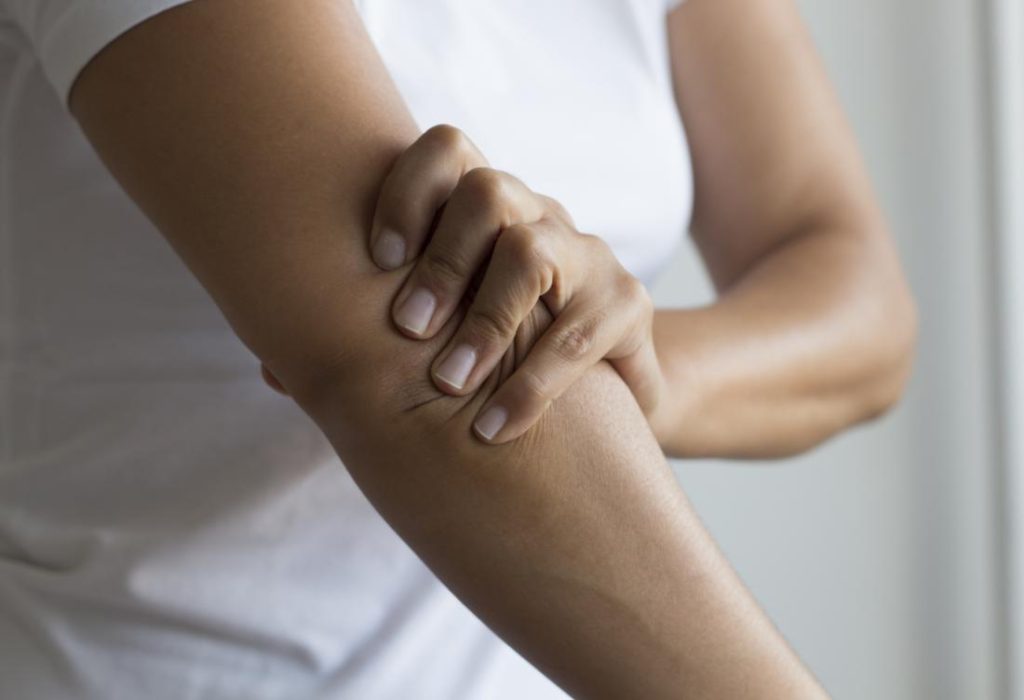What is sciatica?
Have you ever felt pain and tingling in the legs without knowing the reasons for that? Many individuals feel certain symptoms daily without realizing the reality of what they are suffering from and whether it is normal or calls for medical interventions, and it is not advisable to ignore these symptoms without trying to understand them to prevent many risks that may affect the individual in the future and make him feel great regret. In the following article, we will explain to you what sciatica is and how this disease can be dealt with, let’s read the following.

What is sciatica?
Sciatica is a medical term that is used to define the types of pain that result from the presence of infections in the sciatic nerve or exposure to severe pressure, as the sciatic nerve is considered the longest nerve in the human body because it extends from the beginning of the back of the pelvis through the buttocks and legs until it ends at the bottom feet.
Most likely, sciatica pain can be felt in both the groin and leg areas, and it may last for a few days and disappear on its own, or it may continue for long periods without interruption, up to a year or more.
Sciatica affects mostly only one side of the body, and the individual begins to feel the symptoms of sciatica as soon as the herniated disc or bony protrusions press on parts of the nerve, causing severe pain as a result of the presence of inflammation and tingling in the legs.
The pain resulting from sciatica is very severe, but despite this, doctors can deal with it well without the need for any medical interventions through some medical prescriptions, but if the patient with sciatica suffers from severe weakness in his leg or disorders in the intestines and bladder, then, in that case, surgical intervention is inevitable.
How to diagnose the disease
Sciatica is diagnosed by having the individual undergo both:
- CT scan of the spine.
- Magnetic resonance imaging (MRI) of the spine.
Sciatica treatment
Many people wonder a lot about what is sciatica, its causes, and its treatment. In order for them to be highly aware of this disease and how to deal with it, the physical treatment method is one of the best methods that many doctors recommend for patients.
As they must rest completely for a period not exceeding two days, because persistence in this may harm the disease, and here are some tips that answer the question of how can sciatica can be treated without having to go to the doctor:
- Do some slow stretches for the lower back.
- Perform cold or warm water compresses and place them on the area where you feel pain for not less than 20 minutes, repeating this daily greatly reduces the pain that the patient is exposed to, especially if the disease is still in its early stages.
- Care must be taken to avoid bending the back while staying in a position that is comfortable for you.
- Do some exercises regularly, such as walking and swimming.
Some other therapeutic methods are used in the treatment of sciatica, for example:
Treating sciatica with medication
Numerous studies have shown that antidepressant drugs are very effective in treating sciatica, and this is because they secrete endorphins in large quantities, and this works to relieve pain naturally.
In addition to the possibility of using vitamin B, vitamin (B1), vitamin (B6) and vitamin (B12) in the form of injections to strengthen the nerves, non-steroidal drugs work to calm inflammation and speed recovery, in addition to the possibility of using analgesics to relieve pain, for example:
- Paracetamol.
- Nonsteroidal anti-inflammatory drugs such as acetylsalicylic acid.
- muscle relaxants
- Topical anesthetics
- If the pain is chronic, morphine is used.
Herbal treatment of sciatica
When following this method, it is necessary to consult the specialist doctor before that about whether it is suitable for the patients’ bodies or not and what are the specific doses that will be taken, for example:
- Turmeric: It contains the compound curcumin, which can greatly reduce inflammation.
- Valerian: It is called valerian root, as it greatly contributes to muscle relaxation and reduces pain caused by sciatica.
- Willow: It is considered an effective anti-inflammatory and reduces pain caused by sciatica.
- Fenugreek: It has an effective role in reducing inflammation resulting from sciatica, rheumatoid arthritis, and gout.
Treatment of sciatica with a steroid needle
This solution is resorted to if the pain resulting from sciatica is severe and one is not able to bear it, and steroid injections are taken into the epidural area, while oral medications have a direct effect on the affected area of the sciatic nerve.
Treating sciatica with natural remedies
Many methods can be used in this treatment, for example:
- Manual therapy and chiropractic.
- Chinese acupuncture.
- Massage.
Does walking help treat sciatica?
There is no doubt that walking helps greatly in alleviating the symptoms of sciatica, as walking is often beneficial for many bone diseases, and there are many studies that have been conducted and have proven to reduce the symptoms of sciatica in people who practice walking and cycling. Regularly.
Tips for patients with sciatica while walking
- Do not overextend your toes while walking.
- You should be able to hold your breath well while walking enough to be able to carry on a conversation.
- When you walk in a correct posture, this leads to the work of the abdominal, back, thigh, and leg muscles simultaneously, which reduces pressure on the spine.
Many people want to know if there is a difference in the treatment of sciatica in the right leg and the treatment of sciatica in the left leg, but according to doctors’ studies, both of them can be dealt with by taking conventional analgesics to calm the pain, such as paracetamol, and non-steroidal anti-inflammatory drugs such as ibuprofen and naproxen, and these drugs do not need to consult a doctor to obtain them, but they should not be continued for a long time without resorting to it.
Does hot water treat sciatica?
Hot water has a very significant factor in soothing the symptoms of sciatica and reducing the pain resulting from it, and this is because it promotes tissue healing.
- Increased nerve conduction capacity as a result of improving its function.
- When the tissue temperature increases, this results in an aneurysm in the blood vessels, which helps blood and oxygen reach the area of pain well.
- Increase tissue metabolism.
- Increased ability to move the joint more widely.
- Reducing muscle spasms.
Many people are wondering about does hot water treat sciatica. Is ice useful for sciatica? And the answer to these questions is definitely on this matter. It is not possible to deny the effectiveness of cold water and ice compresses in relieving the pain resulting from sciatica, as once they are placed on the posterior pelvic area, the patient begins to feel numbness in the area as a result of the constriction of blood vessels and decreased blood flow.
Does garlic treat sciatica?
Many studies have been conducted in this regard to find out the effectiveness of garlic in relieving sciatica pain, and it has been concluded that the best and most effective results can be obtained by cooking garlic with milk for its result to be more effective, and its effect begins to appear after consuming at least 200 ml of this mixture daily for 14 days.
Is sleep useful for sciatica?
The sleeping position that patients adopt can play a huge factor in relieving the symptoms caused by sciatica, and here are some of the best effective sleep methods:
- Sleeping straight: the head, shoulders, and buttocks must be in a straight line, taking care to place a pillow under the head and neck, and some cases call for a pillow under the knee.
- Sleeping in the fetal position: This sleeping position greatly helps to reduce sciatica pain because it is a spacing between the vertebrae, this position is done by lying on the side with the knees close to the chest.
- Sleeping on the side: This is done by sleeping on the unaffected side with a pillow placed between the waist and the bed in case there is a space between them.
- Sleeping on the floor: This improves the integrity of the spine and relieves pressure on it, which reduces pain, in this case, the thin mattress that is used in yoga and sleeping on the back can be used.
Sleep tips in case of sciatica
- If you are one of the people who prefer to sleep on the side, it is best to place a pillow between the legs to relieve pressure on the spine.
- If you prefer to sleep on your back, put a pillow under your knees.
- The need to use a bed of medium hardness to help maintain the integrity of the spine and reduce the pressure on it.
Symptoms of sciatica
Symptoms of sciatica may appear in only one leg or both, as this depends on the location of the nerve compression along the spine, and there are many misconceptions about the fact that the symptoms of sciatica in the left leg differ from the symptoms of sciatica in the right leg, but there are no medical studies that separate them.
Common symptoms of sciatica are:
- The presence of severe lower back pain can be described as an electric shock, or stabbing.
- Back and leg pain that gets worse while sitting.
- The appearance of continuous pain in one side of the buttocks without the other.
- Feeling pain in the hip.
- The patient suffers from a state of weakness and apathy and is unable to move the affected leg.
- A burning or tingling sensation in the lower leg area.
- Facing severe difficulty standing due to severe pain.
Sciatica affects men three times more than women, and there is no difference in the symptoms that appear in both sexes, and there are some people who may have symptoms of the disease that are very severe and cannot be tolerated at all, while others only make them annoyed, but they can be tolerated, but the fear is of the developments of this disease, as it may lead to:
- Back pain and fever.
- Severe tumors and infections in the back and spine.
- Feeling a moving pain down the legs.
- Numbness in the groin, legs, or pelvis.
- Feeling a burning sensation while urinating or a few drops of blood coming out of the urine.
- Severe pain in many parts of the body.
- Cauda equina syndrome, which is the inability to control the bladder and the occurrence of leakage.
The causes of sciatica
There are many questions that some people ask, such as what is the cause of sciatica? This is a result of the individual suffering from sciatica as a result of severe pressure on the sciatic nerve, and this happens for many reasons, such as:
-
- Spondylolisthesis: It crosses the most recognized causes of sciatica, where the discs between the vertebrae of the spine are like pillows, and with age, these discs become significantly weaker and this makes the individual more susceptible to sciatica. The jelly-like center of the disc is pushed through the outer lining and this puts pressure on the sciatic nerve roots causing severe pain that lasts for probably six weeks in us known as sciatica.
- Spinal stenosis: narrowing of the spinal canal occurs more often in people over 60 years of age, and this is a result of erosion occurring naturally.
- Spinal tumors: A person may develop sciatica as a result of the presence of tumors growing along the spinal cord or the sciatic nerve, and as these tumors grow, this causes pressure on the nerves branching from the spinal cord.
- Piriformis Syndrome: The piriformis is known as a muscle located deep in the buttocks and connects the lower part of the spine with the upper part of the thigh, and its passage is directly over the sciatic nerve, as if that muscle is subjected to a spasm, it presses on the sciatic nerve, and this causes the symptoms of sciatica to appear and is more prevalent among women in a large way.
- back injuries.
What are the risks of sciatica?
There are many things that, if available in people, will have a major factor in sciatica, and here are some of them:
- Aging and getting older.
- Diabetes.
- obesity.
- Neglecting to exercise.
- Wearing high-heeled shoes.
- Sleeping on beds that are too hard or too soft.
- smoking.
- Sitting or standing for long periods without taking a break from time to time.
Does sciatica affect walking?
Sciatica is concentrated in the upper and lower leg regions, and most of the symptoms affect only one side, and this causes a feeling of numbness and tingling, and this may make a person unable to stand or walk normally without facing some difficulties and feeling pain.
But most likely, walking is very good in many cases for sciatica, because walking is classified as a light sport that does not require high physical effort, as this works to increase the secretion of endorphins, which relieves pain naturally.
If walking causes an increase in symptoms, the patient must consult a doctor to organize the times when he can walk without causing him greater problems, and many things must be taken into account when walking with a sciatica patient:
- Care must be taken to walk for a short period at first without straining himself and focusing on the symptoms that afflict him, then he begins to gradually increase the time according to what he feels.
- There are specific positions that may exacerbate the symptoms of sciatica while walking, and for this reason, the patient must be very attentive to this matter, keep his body in an upright position, and avoid bending the back.
The way a sciatica patient sits
Also, the sciatica patient has a specific way of sleeping in order to alleviate the severity of the symptoms he feels. There is also a way of sitting that is followed while sitting in order to be more comfortable, and this is done by selecting suitable and highly comfortable seats for him and that is equipped with suitable support for the lower part of the back.
In addition to the need for armrests and a rotating base with a sponge cushion in the back area, and if this is not available, another method can be followed by placing a small pillow behind the back to maintain the curvature of the spine in its natural shape.
It is also necessary for each of the thighs to be at the level of the knees in order to reduce the severity of pain that may affect the patient, and care must be taken not to remain seated for long periods, whether during work or in general, and the need to take a break from time to time.
False sciatica
Despite the great similarity between the symptoms of natural sciatica and pseudo-sciatica, it is not true in the case of pseudo-sciatica, but with time it may cause actual sciatica, but over time it may cause actual sciatica, and this occurs as a result of a muscle disorder that causes numbness in the back and the area of the hind legs, and this is the result of spasms in the piriformis muscle, which causes pressure on the sciatic nerve and the feeling of symptoms.
False sciatica is more prevalent among women, and the patient may develop it either after exposure to an accident, or its symptoms appear on their own and worsen with time, and the method of treatment differs from one person to another depending on the severity of the symptoms and the development of the disease, but most likely it is not necessary to undergo medical treatment.
Causes of ؤsciatica
- Maintaining a sitting position for long periods.
- Being in a traffic accident, falling, or getting penetrating wounds.
- Excessive use of the piriformis muscle as a result of exaggeration in running, climbing stairs, and some exercises.
- A contraction in the buttocks muscles.
- Overloading muscles as a result of carrying heavy weights.
Symptoms of false sciatica
- Inability to move the hip joint well.
- The patient becomes unable to sit without feeling severe pain that increases the longer he sits.
- Feeling of numbness in the buttocks area extending to the lower extremities.
- There will be some pain in the buttocks.
- Facing severe difficulty while walking and staircase difficulty due to a significant increase in pain.
- The pain may intensify greatly in the lower half of the body to the extent that the patient is unable to move.
How to diagnose pseudo-sciatica
- Start recording the symptoms that are observed in the sick person.
- Magnetic resonance neurography.
- Doing a FAIR Test for the patient.
False sciatica treatment
- Make sure to completely stop practicing any of the activities that exacerbate the symptoms, such as jogging.
- Apply compresses of cold or warm water to the area where the pain is felt.
- Taking nonsteroidal anti-inflammatory drugs (NSAIDs), which have a major factor in relieving pain.
- Keep massaging the area where the pain is felt from time to time.
- Many exceptional cases in which other methods of treatment are used, such as the use of steroid injections and surgery.
You should not neglect the treatment of pseudo-sciatica from the very beginning, as it may cause many risks in the long run, which may include permanent damage to the sciatic nerve.
Does cold affect sciatica?
A recent study was conducted in Sweden, and it proved the negative effect of cold on sciatica, as it greatly increases the severity of symptoms, and this occurs as a result of muscle stiffness during the winter season, in addition to severe spinal stenosis.
Whereas, whenever the weather is cold or the patient is sitting in a cold area, this causes the severity of his symptoms to increase greatly, in addition to that he may be subjected to muscle tension or sprain, and this happens as a result of weather changes that make the nerves of the lower back very sensitive.
Sciatica damage
Although sciatica is a disease that can be coexisted with naturally if the patient is concerned about his health and is keen to follow his doctor’s instructions well, neglecting it at its inception may cause disastrous results for the individual, up to the extent of permanent damage to the sciatic nerve, which may lead to
- The injured leg is in a state of extreme weakness and not the slightest effort can be made.
- Over time, it may come to the point of losing the ability to feel the affected foot.
- Exposure to many problems in both the bladder and intestines.
That is why it is better, as soon as you realize that you have sciatica, to start receiving appropriate treatment immediately and follow the specialist doctor continuously in order to avoid serious complications that this disease may lead to.
What is the difference between sciatica and varicose veins?
Sciatica and varicose veins are very similar in symptoms and the extent of pain, but the cause of infection with each is very different from the other, and for this, it is better to resort to a doctor to be able to distinguish between them, and here are the common symptoms for each of them:
Sciatica symptoms
- Frequent pain in both the butt and leg areas.
- Having pain in the lower back.
- Feeling numbness in the feet.
- A sensation of severe pain while walking and standing.
- The pain is focused on only one side of the body.
Symptoms of varicose veins
- Swelling of the veins in the leg.
- A sensation of extreme heaviness in the feet.
- Severe pain while standing and walking.
- Susceptibility to lipid scleroderma.
- Capillaries are prominent in the affected foot.
- changes in skin color
- The presence of severe redness and itching of the skin.
- Feeling of severe numbness in the legs.

